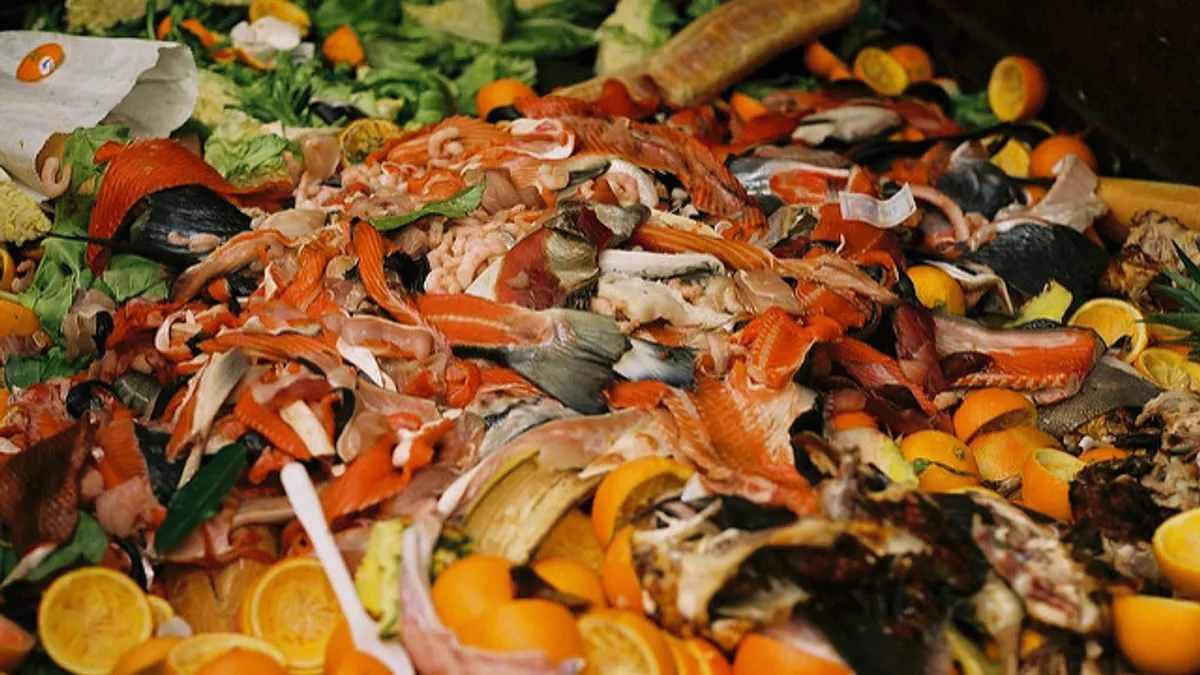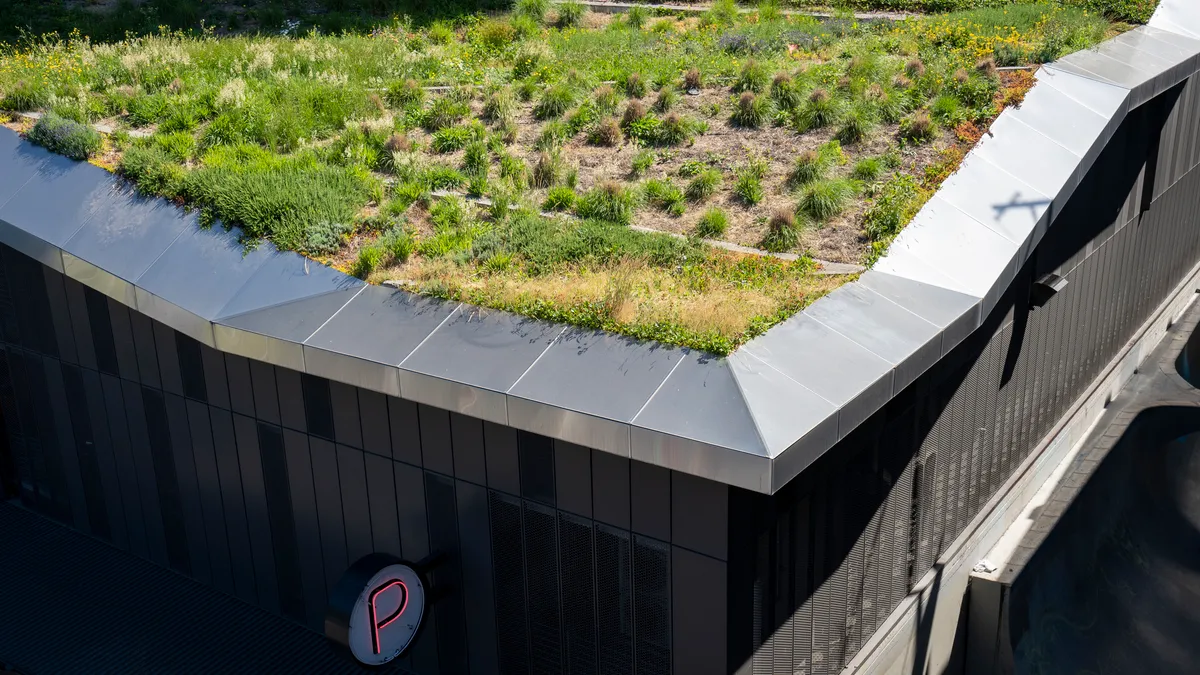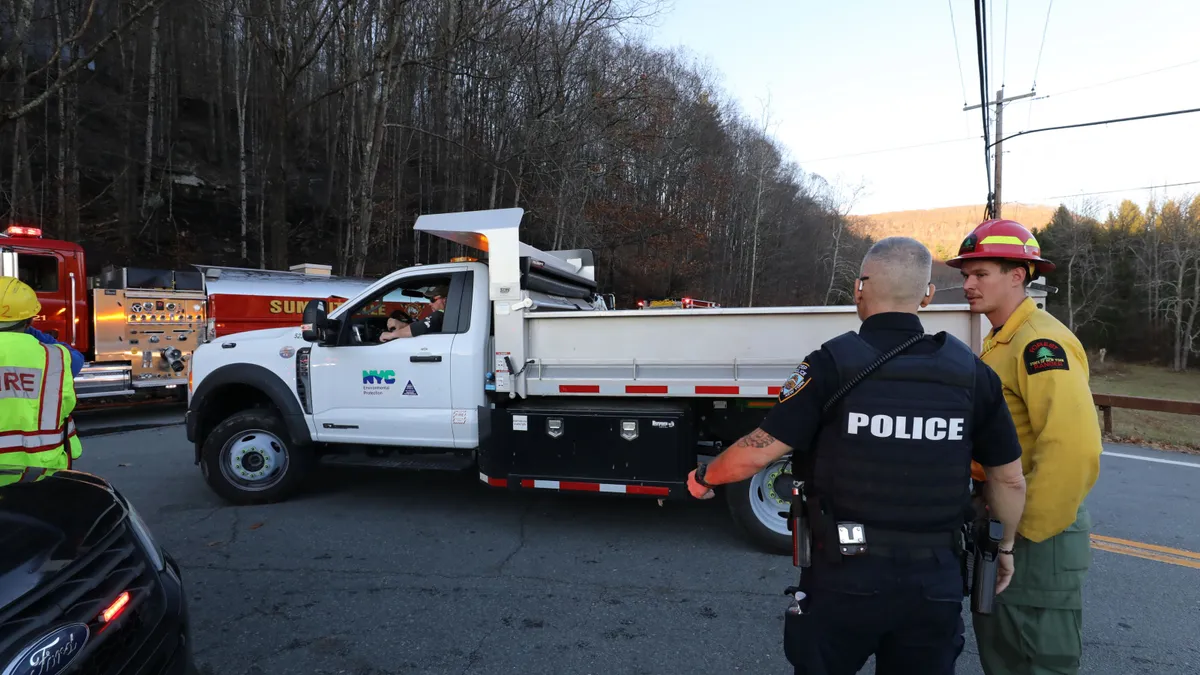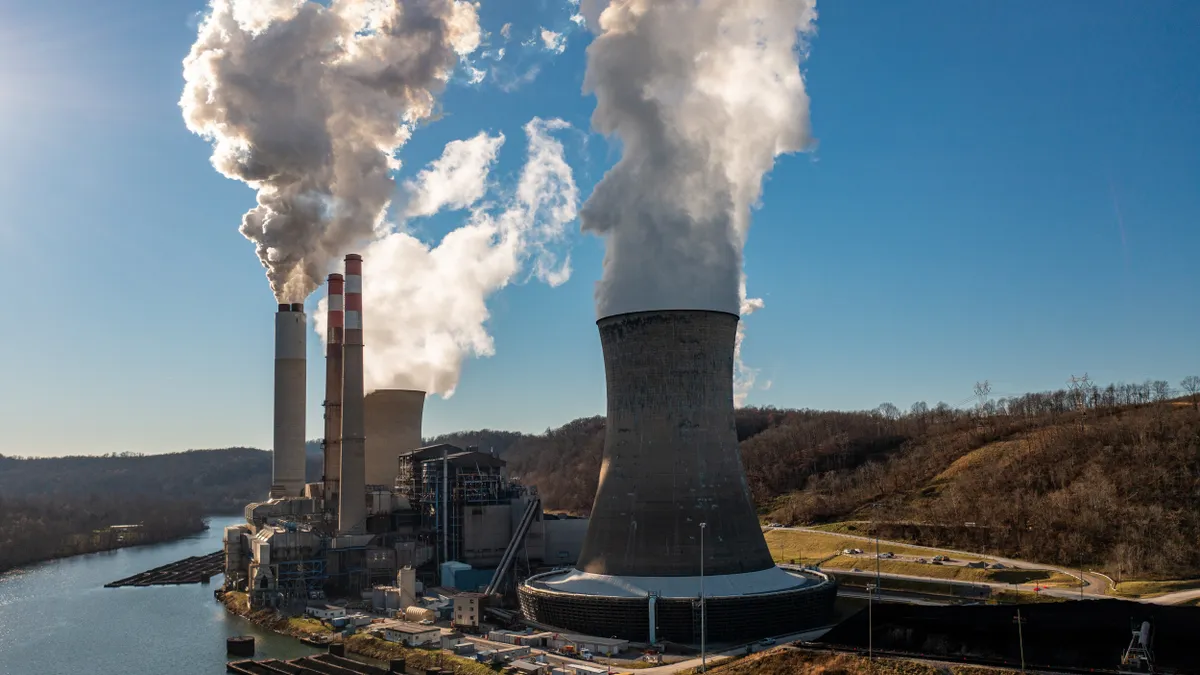For many industry professionals looking to operate a successful organics processing facility, one word has become synonymous with failure: Peninsula.
After significant public pushback, the state of Delaware shut down the infamous Peninsula Compost Company facility in 2014 due to multiple violations and ongoing odor issues. Since the site's closure — which resulted in temporarily sending organic materials from some cities to landfills — local residents have been very wary of new organics projects.
"They are just shell-shocked," said Mike Parkowski, chief of business and governmental services for the Delaware Solid Waste Authority. "Nobody wants to hear anything about organics, nobody wants to hear anything about composting."
The following year Delaware’s other main composting operation stopped accepting food scraps — due in part to concerns that odor complaints could lead to a Peninsula-level public relations nightmare — and the state has been left with minimal options ever since. Growing organics processing capacity is a key part of meeting the state’s recycling goals and officials are currently working with a consulting firm to plot their next move.
As more state and local governments set their own high diversion targets, they're beginning to have similar conversations about organics processing. Yet siting waste-related facilities isn’t easy, and current odor disputes over facilities in Colorado and Canada show that these situations can escalate quickly. Thorough planning, responsive public relations and adaptability are all seen as critical to making sure that odor issues don’t derail the current organics movement.
An odor-intolerant nation
It’s no secret that decomposing organic material produces odor, and engineers consider this with any new project they design. Weather patterns, vegetative buffers, operating hours, receiving area enclosures, air filters and many other factors are all taken into consideration. With these controls in place facilities ranging from small windrow operations to high-volume dairy digesters have been operating with minimal issues for many years.
Of course there have also been high-profile problems at facilities like Peninsula in Delaware, Cedar Grove in Washington and others that have had a ripple effect on the industry. While waste professionals haven't noticed an increase in the rate of odor incidents, they do see the heightened interest in organics diversion as a potential contributing factor in recent ones.
"The biggest issue is that there are so few processing facilities in the U.S., and such a great demand for those processing facilities, that every time a new one comes online there is a tendency to overwhelm it with new feedstocks," said Craig Coker, a long-time organics consultant.
According to Parkowski and others, this was one of the main issues at Peninsula in Delaware. By building its business around volume the facility ended up taking lower quality loads, often contaminated with non-organic waste, and let conditions get out of hand.
"They weren’t that concerned about the quality of the material coming in and I think that was their ultimate downfall," said Parkowski.
Challenging markets for the finished compost, due to regional competition from farms, further compounded the issue and caused piles to sit for longer than they should have. And even with the most careful planning it isn’t always possible to predict what type of markets will be available to source feedstocks and sell the resulting byproducts. During the multiple years that it takes to get some projects off the ground expected partners may go out of business. Participation and contamination rates may also be different than haulers or municipalities anticipate, resulting in a surprise for the processor.
Whether it’s unexpected changes or unforeseen wind patterns, the results can still be equally detrimental.
"The one commonality that you can find among all these odor management stories in organics recycling is we now live in a society that cannot tolerate inconvenience,” said Coker.
Once local residents smell an odor, even if it may not be coming from an organics processing facility every time, they can be hard to win back. If their complaints mount and local regulators or lawmakers get involved, the situation can then become exponentially worse.
A recent example is Heartland Biogas in Colorado, one of the largest anaerobic digesters in the country, which handled farm waste. Inspectors only recorded one instance of odors being above permitted levels at the site, in April 2016, but a small group of residents filed hundreds of complaints. Heartland eventually agreed to invest $4.2 million in odor mitigation and reduce gas production by 60%. Though ongoing public pressure and regulatory scrutiny led county commissioners to suspend the facility’s permit in December.
“The one commonality that you can find among all these odor management stories in organics recycling is we now live in a society that cannot tolerate inconvenience."

Craig Coker
Organics Consultant
That decision has reportedly led to a full shutdown that Heartland estimates will cost more than $30 million and be disruptive for farmers throughout the region. Whether the company had already begun making the promised odor mitigation investments or what they had identified as the source of the problem is unknown. Heartland is currently engaged in an ongoing legal fight with the county to dispute the permit suspension and seek monetary damages. Their parent company EDF Renewable Energy declined to answer any of Waste Dive’s questions.
Harvest Power has also been experiencing its own odor issues in the Canadian city of Richmond. Ongoing complaints have led some local municipalities to divert material from the composting facility and the city recently threatened to terminate its service agreement if the situation isn’t remedied within 30 days.
In an effort to address the problem, Harvest Power has temporarily suspended use of its Energy Garden anaerobic digestion system — though this move has been questioned by system engineers. A spokesperson for Harvest Power told Waste Dive that their decision to put this part of the operation on standby was more about looking at every possible odor source than the technology itself.
While this level of difficulty hasn’t been reported at other Harvest Power facilities in the past, the company said Richmond is unique.
"The mix of food waste and other waste is different than at our other facilities. There have also been issues with changing feedstocks, increased volumes, and aging infrastructure. Every operation is different, and our job is to find out the unique measures that need to be put in place to work in Richmond,” said spokesperson Stephen Bruyneel via email.
Giving residents a voice
Sorting out the technical reasons behind these odor issues is critical for companies, yet can prove challenging as residents demand quick, decisive action. Bernie Sheff, vice president of biogas engineering at ES Engineering Services, has gained a reputation in the field for figuring how to solve these problems and was unequivocal with his advice.
“Go take it head on. Engage it. Own it,” he said. “Accept the fact that you’ve become a problem on these other folks and come up with a plan to fix it.”
Sheff has been working on odor issues at biogas facilities for decades with a host of causes — budget cuts during project design, unexpected feedstock changes and much more. In each case he said that companies want to see the problems addressed just as much as residents, because escaping odors often mean lost profit.
“A leak for us is horrible because those are dollars floating through the air,” Sheff said.
On top of lost revenue from operational inefficiencies, companies also know that unresolved issues can potentially lead to expensive legal fees if not an outright shutdown. Getting in front of the issue by attending public meetings and communicating with local officials is often the best course of action. Yet making sure residents feel like they’re being heard and respected while also pushing back on any false claims can be a tough balance to strike.
“Go take it head on. Engage it. Own it. Accept the fact that you’ve become a problem on these other folks and come up with a plan to fix it."

Bernie Sheff
Vice President of Biogas Engineering, ES Engineering Services
According to Sheff, sometimes keeping everyone happy just requires a little finesse. In the past he has planted wind flags for residents to show them whether the odors they smelled were coming from nearby facilities, offered incentives to workers at plants for taking extra care to reduce odors and even bussed residents of a local community to a free baseball game during the cleaning of a particularly pungent animal waste pond.
As the push for more food scrap processing facilities continues, Sheff said there may still be a slight learning curve for companies working with new feedstocks and residents getting used to new technologies in their communities. Doing more to highlight why a new composting or anaerobic digestion operation is as important to a community as other infrastructure may be the key to gaining that public support.
Debra Darby, program and marketing director for Minnesota-based Organix Solutions, advocates direct communication with residents about what hosting one of these facilities means for them.
"Communities need to do town hall discussions to talk about the cost benefits and the value that an industrial composting facility brings," said Darby.
If residents are more aware of the role that these facilities play in reducing greenhouse gas emissions, creating soil amendments or producing various forms of biogas they may be more willing to overlook the occasional hiccup.
“Like any new business there are going to be things that need to be managed and neighbors need to understand those growing pains if there is an odor issue that comes up in the process. We know that those things can be managed,” she said.
While some in the industry are wary of recognizing that organics processing facilities create any odors, more people are coming around to this proactive approach. The American Biogas Council will be hosting a full day workshop on the topic, including discussion of community outreach, at next month’s BioCycle East Coast conference. Offering public facility tours or opportunities to come volunteer at composting sites can also engage residents and demystify the process.
For many people the concept of organics diversion, let alone processing, may still be new in the way that curbside recycling was decades ago. As more cities pursue diversion programs they will ideally be looking to site processing options as close to the source as possible and this is a topic that is bound to come up again. Without careful planning and responsive outreach they will risk the same fate that befell Peninsula in Delaware.
“If you’re going to site something in in a populated area you have to take odors into consideration, because they can be overwhelming at times,” said Parkowski. “If odors are overwhelming you’re not going to be around very long."




















